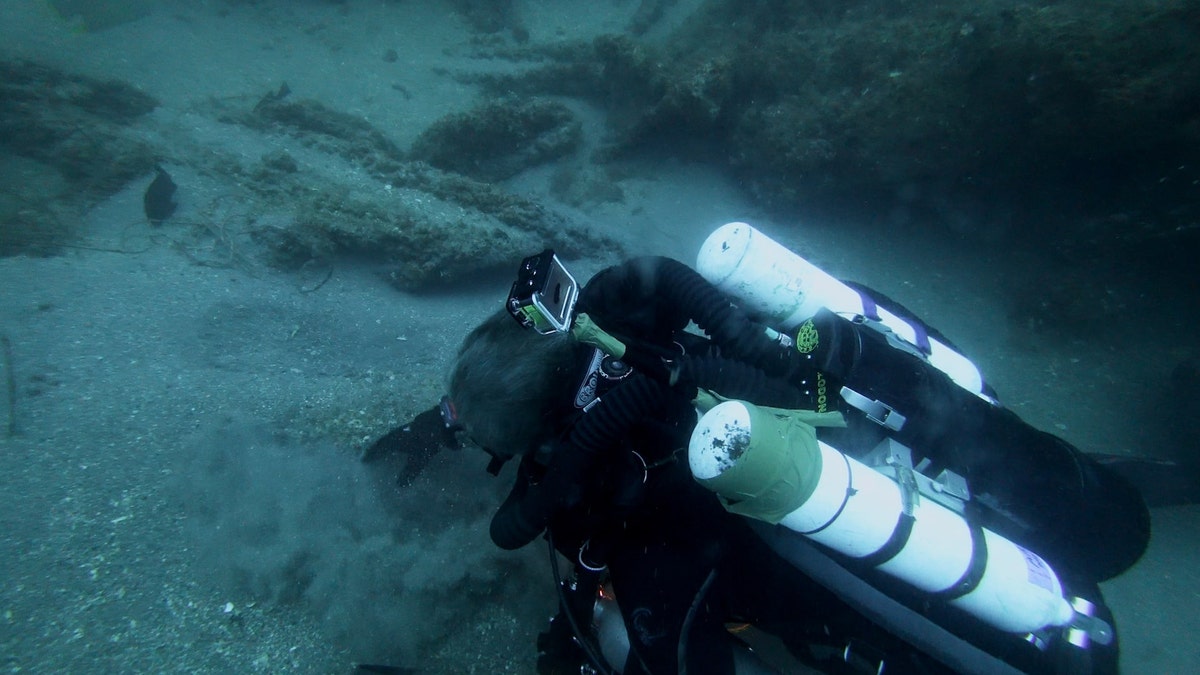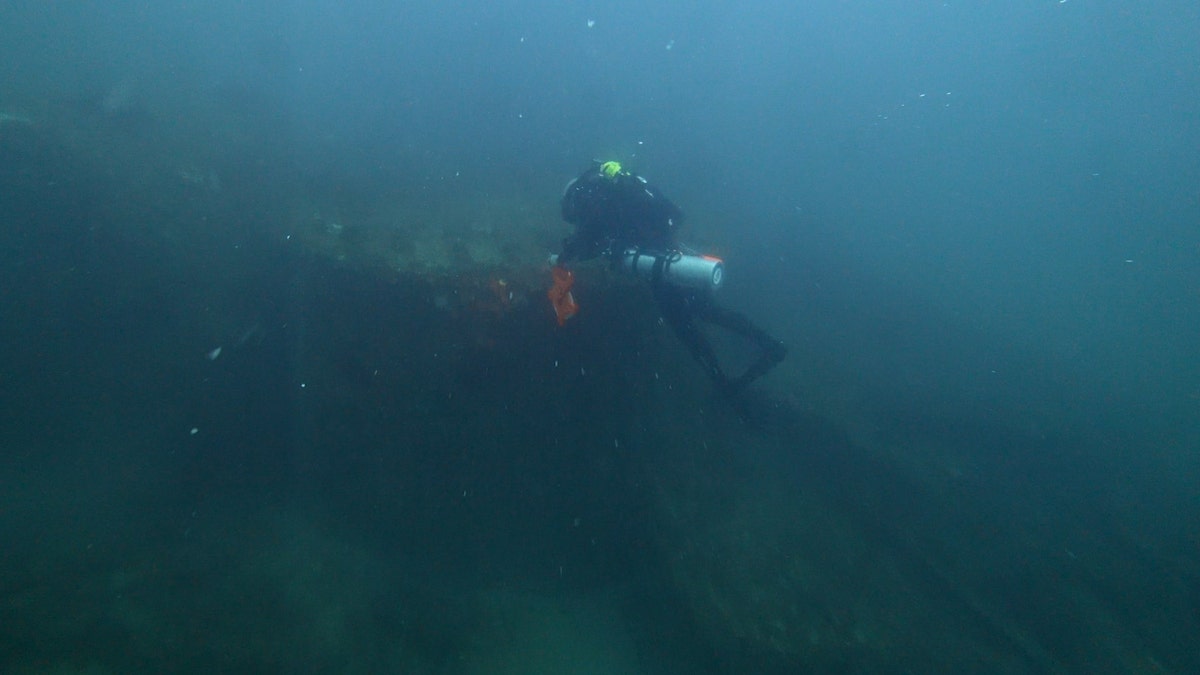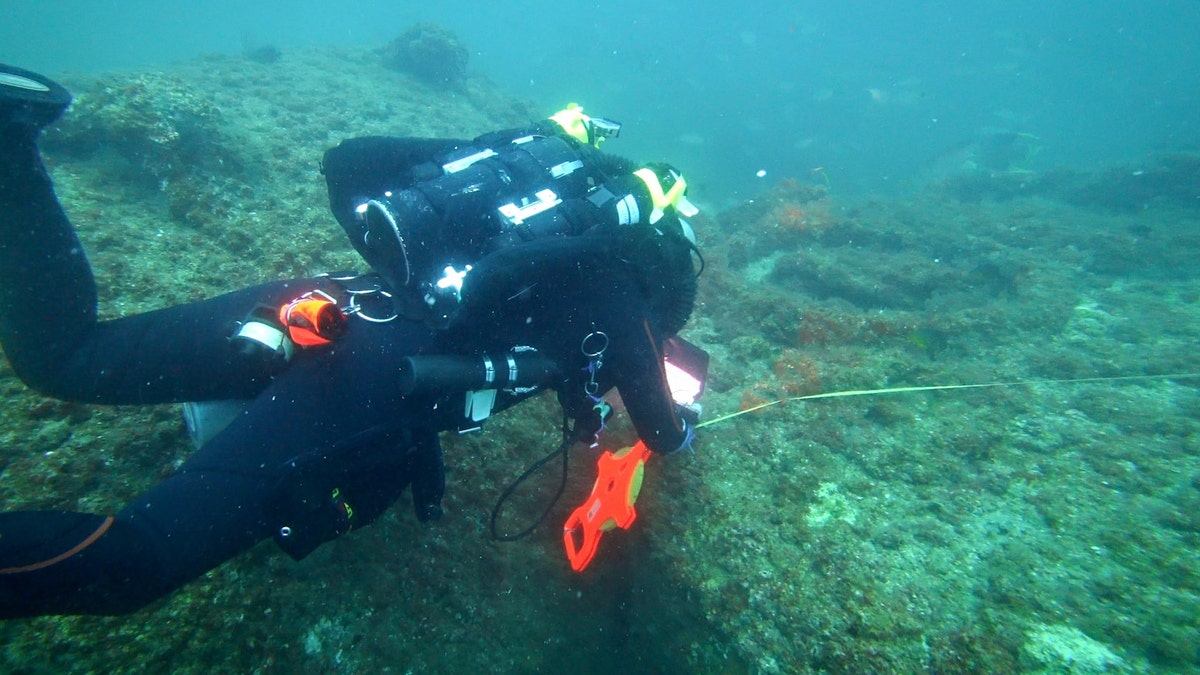Bermuda Triangle wreck reveals its secrets almost 100 years after it vanished
Experts are shedding new light on the wreck of ship that vanished in the Bermuda Triangle in 1925.
The wreck of a merchant ship that vanished in the Bermuda Triangle in 1925 is revealing its secrets.
Experts have been shedding new light on what happened to the SS Cotopaxi, which has long been shrouded in mystery. On Nov. 29, 1925, the steam-powered vessel left Charleston, S.C. for Havana, Cuba. She never reached her destination and the bodies of the Cotopaxi’s 32 passengers were never recovered.
The wreck has been known locally for decades, as the Bear Wreck, although it was only recently revealed to be the Cotopaxi. Last year, a group of underwater explorers and maritime archaeologists surveyed the ill-fated ship about 35 nautical miles off the coast of St. Augustine, Fla., confirming its identity.
BERMUDA TRIANGLE SHIPWRECK DISCOVERED ALMOST 100 YEARS AFTER IT VANISHED
“Anytime you dive these wrecks you’re stepping into a time capsule,” Joe Citelli, a diver who participated in the expedition, told Fox News. Citelli added that he was surprised by the size of the wreck and how well preserved it was.

Michael Barnette searching for clues on the SS Cotopaxi wreck. (Science Channel)
“Typically something that has been there over 100 years is a pile of rubble on the sand,” he said. “This is a testament to the shipbuilding of the time.”
Divers took careful measurements of the wreck, which is 253 feet long and 43.6 feet wide, as part of their efforts to identify the ship.
The dive and the resulting discovery will be featured in the first episode of “Shipwreck Secrets,” a new Science Channel Series that premieres on Feb. 9 at 8 p.m. ET.
BERMUDA TRIANGLE IS NO MYSTERY, OCEAN SCIENTIST EXPLAINS
In a recent statement, the Science Channel explained that marine biologist and underwater explorer Michael Barnette had contacted British historian Guy Walters to help find the mysterious ship.

Diver Joe Citelli inspecting the SS Cotopaxi shipwreck. (Science Channel)
“Walters combed through ship records at the archives of Lloyd’s of London, who were the insurance brokers for the SS Cotopaxi,” the Science Channel explained. “There he discovered something previously unknown about the SS Cotopaxi’s voyage. The ship had sent out wireless distress signals with a position on December 1st, 1925, two days after it left Charleston.”
WRECK OF US WWII B-24 BOMBER DISCOVERED 74 YEARS AFTER IT PLUNGED INTO THE SEA OFF BERMUDA
Armed with the new information, and working with diver Al Perkins and experts from the St. Augustine Lighthouse and Maritime Museum, researchers realized that the Bear Wreck is actually the Cotopaxi.

Marine biologist and underwater archaeologist Michael Barnette measuring the wreck of the SS Cotopaxi. (Science Channel)
“Everything fell into place,” Citelli told Fox News, explaining that the Cotopaxi was a type of cargo ship known as a "Laker," built in Michigan during World War I. “The Lakers were built en masse for the war effort,” he said. “When the war ended, they started selling them off.”
The Bermuda Triangle has long been a source of fascination. The body of water, infamous as a place where many vessels have sunk, stretches across a western part of the North Atlantic between Florida, Puerto Rico and Bermuda. The area, also known as the Devil’s Triangle, has claimed over 1,000 lives in the last 100 years, News.com.au reported in 2017.
SHIPWRECK LINKED TO MUTINY AND MURDER MYSTERY 'DISAPPEARS' ON NORTH CAROLINA BEACH
In 2018, scientists in the U.K. noted that a natural “rogue wave” phenomenon could play a part in the Bermuda Triangle’s reputation. Busy maritime traffic in the area has also been cited as a key factor in its history.
CLICK HERE TO GET THE FOX NEWS APP
“There’s no mystery to the Devil’s Triangle,” Citelli told Fox News. “It’s a very sketchy part of the ocean because it has weather, currents and tropical storms. There’s a logical explanation for all of this stuff.”
Follow James Rogers on Twitter @jamesjrogers





















